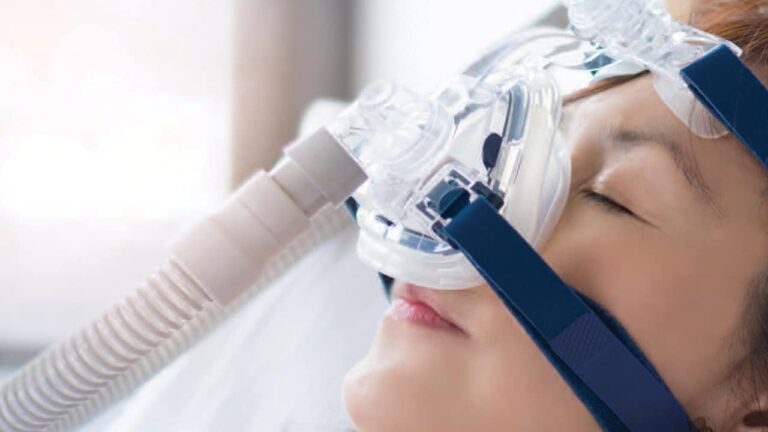Meditation is a powerful way to calm your mind, find peace, and feel more focused. It’s a practice that people of all ages can try, and it only needs a quiet space and a few minutes of your time. But did you know there’s a way to make meditation even better? This method is called meditation with acupuncture. Acupuncture is an ancient Chinese technique where small, thin needles are placed on certain parts of your body to release energy and help you feel balanced. When combined with meditation, acupuncture can make your practice deeper and even more relaxing.
In this article, we’ll explore how to master meditation with acupuncture, step by step. Whether you’re a beginner or just curious, this guide will help you understand how acupuncture can boost your meditation experience.
1. What is Meditation?
Meditation is a practice that helps you calm your mind and focus on the present moment. When you meditate, you usually sit quietly, close your eyes, and try to breathe slowly. The goal is to let go of all the noisy thoughts in your head and just be still. People often meditate to feel less stressed, more peaceful, and even happier.
Benefits of Meditation
- Reduces Stress: Meditation helps you relax, which can make you feel less anxious.
- Improves Focus: It trains your brain to pay attention to the present.
- Boosts Emotional Health: Regular meditation can make you feel more positive.
- Increases Self-Awareness: Meditation helps you understand yourself better.
When you add acupuncture to your meditation practice, these benefits can become even stronger.
2. What is Acupuncture?
Acupuncture is a type of therapy that started in China thousands of years ago. It uses very fine needles that are gently placed on specific points on your body. This is done to help the natural energy, or “Qi” (pronounced as “chee”), move more freely. When your Qi flows smoothly, your body and mind feel balanced and healthy. Many people use acupuncture to help with pain, stress, and even trouble sleeping.
Benefits of Acupuncture
- Reduces Pain: Acupuncture is often used to relieve pain in different parts of the body.
- Improves Sleep: Many people find they sleep better after acupuncture.
- Boosts Mood: It can help you feel more positive by reducing stress.
- Enhances Energy: By balancing your energy, acupuncture can help you feel more lively.
3. How Acupuncture Enhances Meditation
When you meditate with acupuncture, the effects of both practices work together, creating a powerful combination. Acupuncture can help you feel more relaxed and free of distractions, which makes it easier to focus during meditation. The needles in acupuncture work on energy points in the body, which can make you feel calm and peaceful from the inside out. This lets you dive deeper into meditation and experience a state of true calm.
Some people find it hard to focus while meditating because of random thoughts or feelings. Acupuncture helps with this by calming the mind and body. When your body is at ease, it’s much easier to focus on your breath and let go of worries.
4. Steps to Master Meditation with Acupuncture
Here is a simple, step-by-step guide on how to master meditation with acupuncture.
Step 1: Find a Quiet Space
Choose a calm, quiet place to meditate. This could be a room in your home, a peaceful outdoor spot, or anywhere you feel relaxed. Try to avoid distractions so you can fully focus on your meditation.
Step 2: Get Comfortable
Find a comfortable position, either sitting or lying down. It’s important to be relaxed, but make sure your spine is straight. You can sit cross-legged or on a chair with your feet flat on the ground.
Step 3: Use Acupuncture Points
If you’re new to acupuncture, it’s best to visit a professional. They will know where to place the needles to help you feel calm and focused. If you want to try acupressure at home, you can press certain points with your fingers. Points like the third eye point (between your eyebrows) and heart 7 (on the wrist) are good for calming the mind.
Step 4: Focus on Your Breath
Once you’re comfortable, close your eyes and focus on your breathing. Try to take slow, deep breaths. Feel the air as it enters and leaves your body. This will help you center your mind.
Step 5: Let Go of Thoughts
If you feel any thoughts popping up, just let them go. Imagine they’re like clouds floating away. Try not to judge them or hold on to them.
Step 6: Stay in the Moment
Continue focusing on your breath and the peaceful feeling from the acupuncture. Stay in this moment for as long as you feel comfortable. When you’re ready to finish, slowly open your eyes and take a few deep breaths.
5. Tips for Beginners
If you’re trying meditation with acupuncture for the first time, here are a few tips to make it easier.
Start Small
In the beginning, try meditating for just a few minutes with acupuncture. As you get more comfortable, you can increase the time.
Set a Schedule
Pick a time each day to meditate with acupuncture. Sticking to a schedule helps make it a habit.
Be Patient
Mastering meditation takes time. If it feels hard at first, remember to be patient with yourself.
6. Common Questions about Meditation with Acupuncture
Q: Can I meditate with acupuncture at home?
A: While you can use acupressure at home, it’s best to visit a licensed acupuncture practitioner to ensure safety.
Q: Is acupuncture painful?
A: Acupuncture should not be painful. The needles are very thin, and most people feel a small prick or nothing at all.
Q: How often should I meditate with acupuncture?
A: You can try it once a week to start. If you enjoy it, you might increase it to a few times a week.
7. Final Thoughts: Finding Balance with Meditation and Acupuncture
Meditation with acupuncture is a wonderful way to find inner peace and balance. When you meditate regularly, you’ll notice that you feel more focused, less stressed, and even happier. Adding acupuncture to your practice can take these benefits even further, helping you feel grounded and relaxed.












